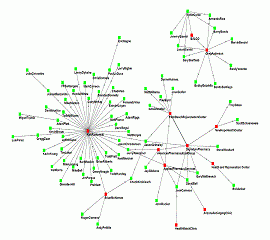 GS1 US is dedicated to expanding the adoption of GS1 Global’s standards for supply chain interaction in the U.S. market. Almost every country in the world has a GS1 “Member Organization” (M.O.) that is dedicated to the same thing within their borders. With the local M.O.’s primary focus on driving adoption, their most valuable tool is that country’s government. If they can get the government to reference GS1 standards in their laws, their work is much easier.
GS1 US is dedicated to expanding the adoption of GS1 Global’s standards for supply chain interaction in the U.S. market. Almost every country in the world has a GS1 “Member Organization” (M.O.) that is dedicated to the same thing within their borders. With the local M.O.’s primary focus on driving adoption, their most valuable tool is that country’s government. If they can get the government to reference GS1 standards in their laws, their work is much easier.
This isn’t unique to GS1, or course. All standards organizations know this and they all have various approaches to getting the attention of each country’s government. There is nothing wrong with this. In fact, it makes perfect sense since, unlike standards organizations themselves, countries always have very large enforcement wings.
But what happens when those governments are too big to sway easily? What if it costs too much and takes too long to get them to see the light? This is when a standards adoption organization needs to get creative. In my opinion, that’s what has led GS1 Healthcare US to create the “2015 Readiness Program”. It was out of frustration with the California State Government and with the U.S. Food and Drug Administration (FDA) and their, so far, unwillingness to create laws and regulations that mandate the use of GS1 standards. Let me explain. Continue reading Before You Participate in The GS1 US 2015 Readiness Program, Read This







